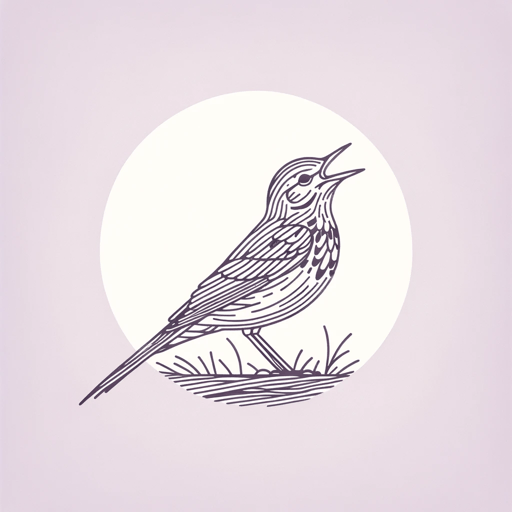19 pages • 38 minutes read
Percy Bysshe ShelleyTo a Skylark
Fiction | Poem | Adult | Published in 1820A modern alternative to SparkNotes and CliffsNotes, SuperSummary offers high-quality Study Guides with detailed chapter summaries and analysis of major themes, characters, and more.
Literary Devices
Form and Meter
“To a Skylark” is an ode. The Princeton Encyclopedia of Poetry and Poetics defines ode as a “formal, ceremonious, and complexly organized form of lyric poetry, usually of considerable length” (p. 971). Shelley created a form for the poem to emulate the song of the skylark. This form includes 105 lines broken into 21 stanzas. Each five-line stanza, or cinquain, has an ABABB rhyme scheme, which gives the poem a musical quality and connects the rhyming words.
Each stanza uses two meters—one metrical structure for the first four lines and a different structure for the last line of each stanza. The first four lines of each stanza are in trochaic trimeter, which consists of three metrical feet: Each foot contains a stressed syllable followed by an unstressed syllable. For example, Line 6 metrically scans: “Higher | still and | higher,” like the flapping of bird wings in flight.
The final line of each stanza is in iambic hexameter, which is also called an alexandrine. Iambic hexameter is six metrical feet, where each foot contains an unstressed syllable followed by a stressed syllable. For instance, Line 30 metrically scans: “The moon | rains out | her beams | and Hea- | ven is | overflowed.
Related Titles
By Percy Bysshe Shelley

A Defence of Poetry
Percy Bysshe Shelley
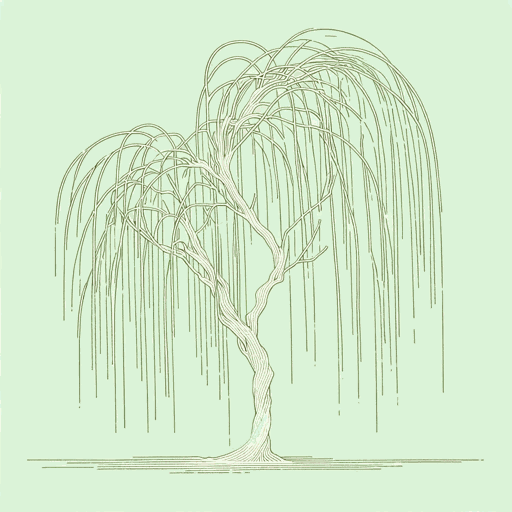
Adonais
Percy Bysshe Shelley

Alastor; or, The Spirit of Solitude
Percy Bysshe Shelley

Mont Blanc: Lines Written in the Vale of Chamouni
Percy Bysshe Shelley

Mutability
Percy Bysshe Shelley
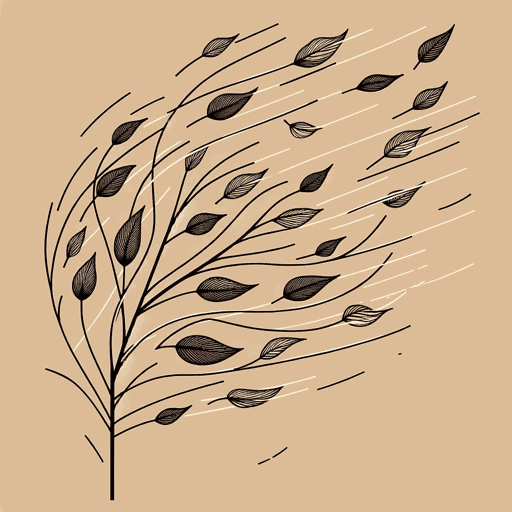
Ode to the West Wind
Percy Bysshe Shelley
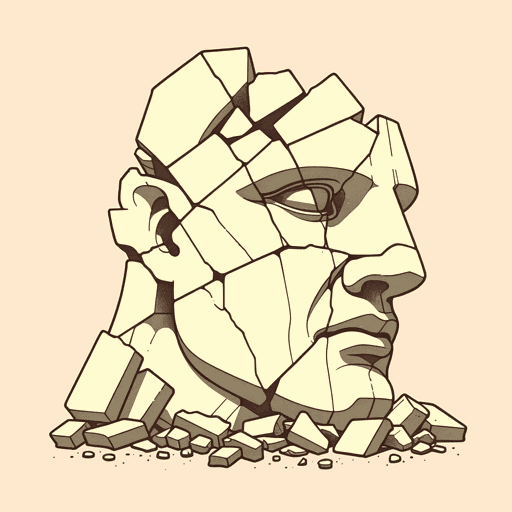
Ozymandias
Percy Bysshe Shelley

Prometheus Unbound
Percy Bysshe Shelley
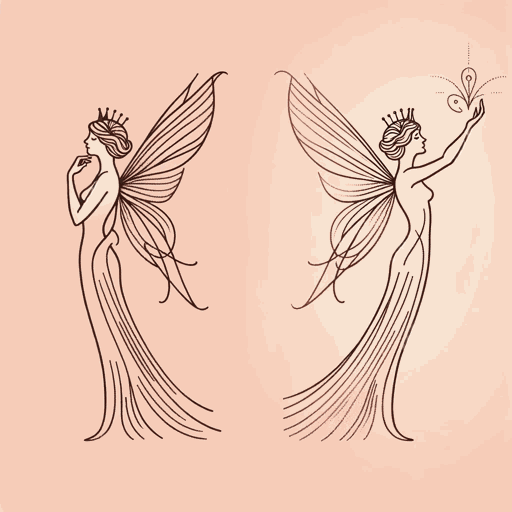
Queen Mab: A Philosophical Poem
Percy Bysshe Shelley

The Masque of Anarchy
Percy Bysshe Shelley

The Triumph of Life
Percy Bysshe Shelley
